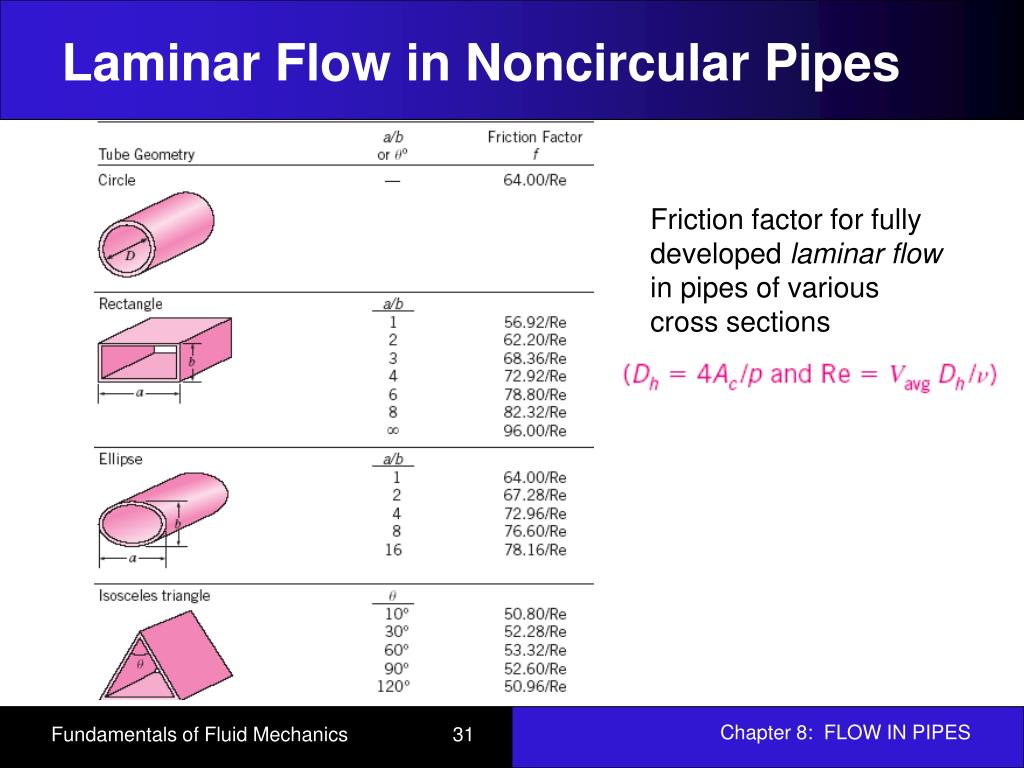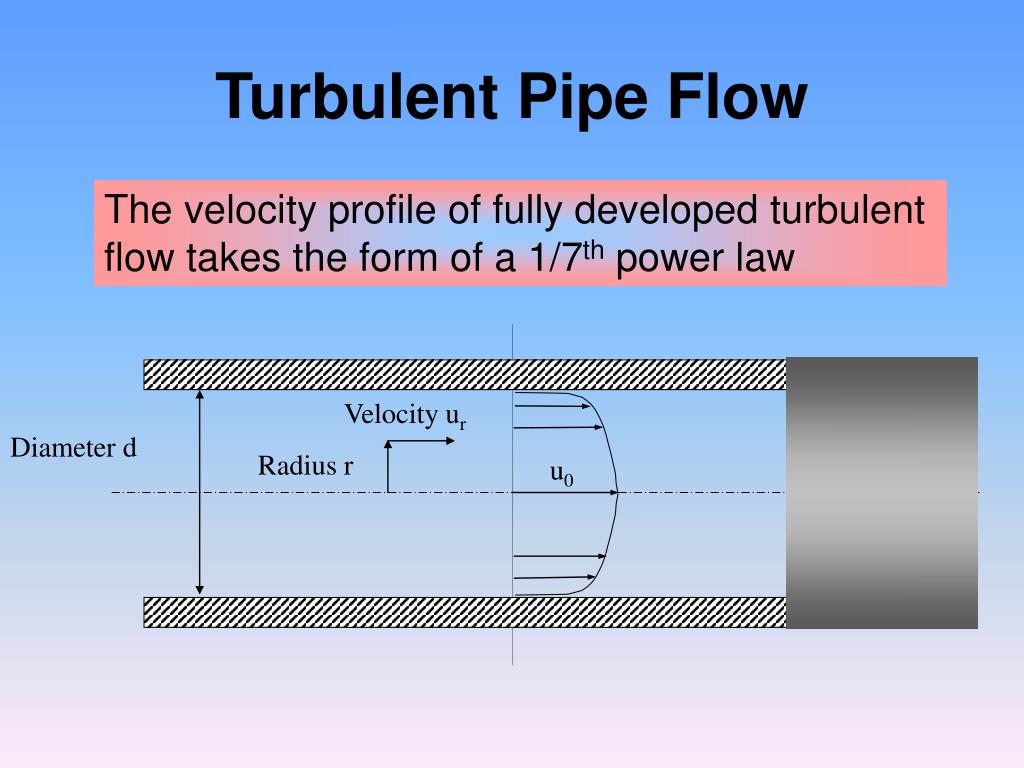

This condition is known as 'Laminar flow'.įluids with a low viscosity are usually moved at higher velocities. The friction within the fluid is due to the fluid's viscosity.įluids with a high viscosity tend to have a lower speed of flow, and resistance to flow becomes almost totally dependant on the viscosity of the fluid. Occur between the fluid and the pipe work and also friction can occur within the fluid as 'sliding' betweenĪdjacent layers of the fluid.

Flow meters such as Bronkhorst low delta P are used widely nowadays.Laminar Flow and Turbulent Flow in a pipeįluids in motion encounter various resistance forces due to friction, as described above.

Thus, the streamlines are chaotic, not linear, and are called turbulent flow. Then, the flow completely disrupts, and the water turns homogenous through the ink. When the speed of the water is still slow, the ink does not appear to mix with water the streamlines are parallel and are called laminar flow.Ī sudden change will occur when the speed of the water increases. The ink is injected into the middle of a glass tube through which water flows. The laminar flow can be visualized by an experiment using ink in a cylindrical tube. Difference between Laminar and Turbulent Flow The common examples of turbulent flow are blood flow in arteries, oil transport in pipelines, lava flow, atmosphere and ocean currents, the flow through pumps and turbines, the flow in boat wakes and around aircraft wingtips. If the Reynolds number is between 20, the flow may be laminar or turbulent flow.If the Reynolds number is more than 4000, then the flow is called turbulent flow.If the Reynolds number is less than 2000, then the flow is called laminar flow.Where, D = Diameter of pipe V = Mean velocity of the flow in pipe v = Kinematic viscosity of fluid The type of flow is determined by a non-dimensional number called the Reynolds number for a pipe flow. It is widely accepted that the Navier-Stokes equation or simplified Reynolds-averaged Navier-Stokes equations are the basis for essentially all CFD codes. CFD is a branch of fluid mechanics that uses algorithms and numerical analysis to analyze and solve problems that involve turbulent fluid flows. The main tool available for the analysis of turbulent flow is CFD analysis. Turbulent flow tends to occur in large diameter pipes in which fluid flows with high velocity. In turbulent flow, the speed of the fluid at a point continuously changes in both magnitude and direction. Due to the movement of fluid particles in a zigzag way, the formation of eddies takes place, which is responsible for high energy loss. Turbulent flow is defined as the flow in which the fluid particles move in a zigzag way. Graph representing flow vs pressure difference for laminar and turbulent flow Turbulent Flow


 0 kommentar(er)
0 kommentar(er)
